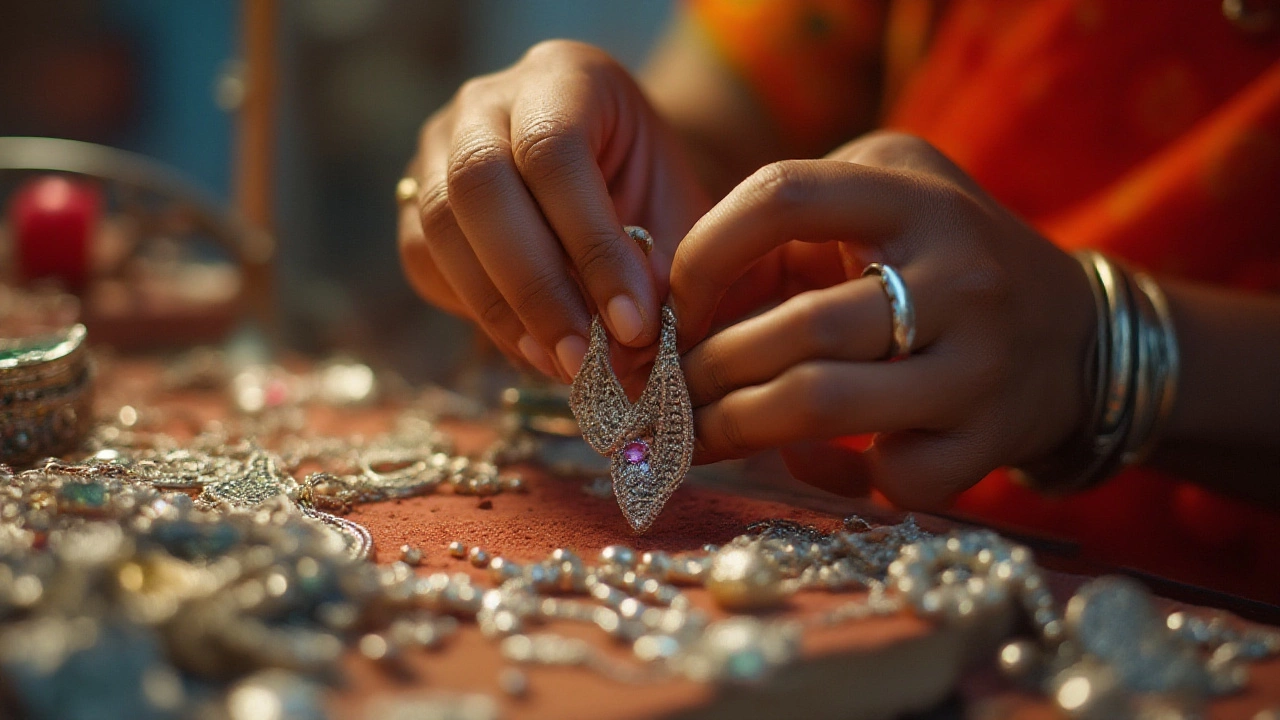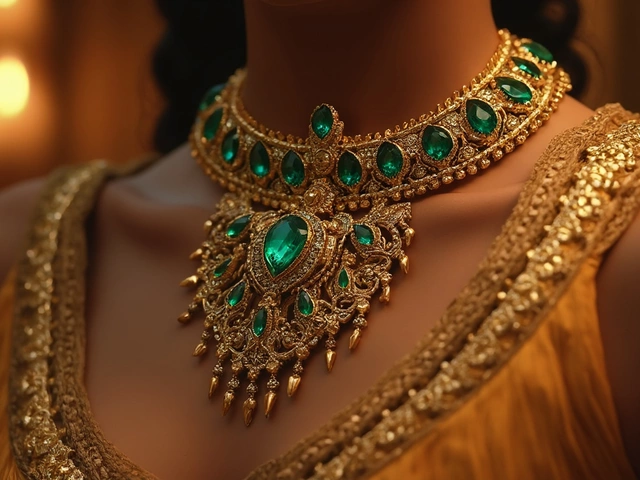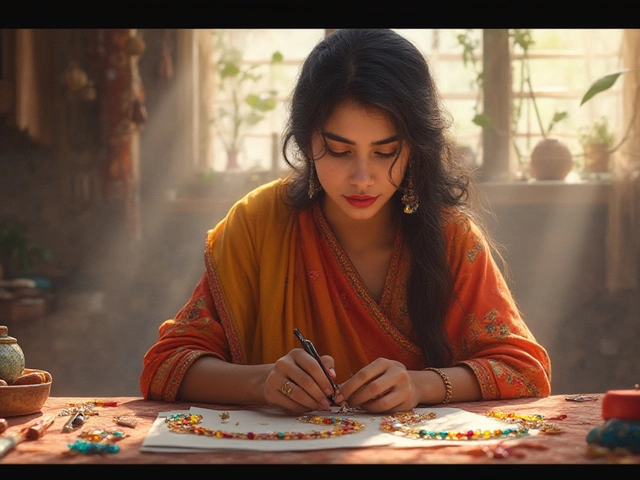Silver Jewelry Value: What Makes It Worth More?
Ever wonder why some silver pieces cost a lot more than others? The answer isn’t just about the metal weight. Purity, design, age, and brand all play a role. Knowing these factors helps you pick pieces that keep their value or even grow over time.
What Determines Silver Jewelry Value?
First off, look at the purity stamp. In India, 925 means the item is 92.5% pure silver, which is the standard for sterling silver. Anything lower will have a lower market price, while higher purity like 999 (pure silver) can be priced higher but is softer and less common in jewelry.
Weight matters too. Silver is priced per gram, so a heavier chain will generally cost more. But two pieces that weigh the same can still differ in price if one has intricate hand‑engraving or a famous designer’s mark.
Age and rarity add a big boost. An antique silver cuff from the 1920s, especially if it’s in good condition, often sells for more than a modern replica. Collectors love unique hallmarks, maker’s marks, and historical styles.
Finally, brand reputation matters. Pieces from trusted jewelers like RH Jewellers India carry a built‑in guarantee of quality, which can make resale easier and fetch a better price.
How to Buy and Keep Valuable Silver
When you shop, always request a hallmarks certificate. It proves the purity and can protect you from fake items. Use a simple magnet test – real silver won’t stick – but remember that some plated pieces may pass this test, so combine it with weight and stamp checks.
Keep your silver dry and store it in a soft cloth pouch. Exposure to air and humidity can cause tarnish, which reduces appearance and may affect resale value. If your piece gets dull, a quick polishing with a silver cloth restores its shine without harming the metal.
Plan ahead if you want to sell later. Keep the original box, receipts, and any appraisal documents. Buyers trust sellers who can show a clear history of the piece.
Investing in silver jewelry can be smart, but treat it like any other investment – do your research, know the market price of silver per gram, and compare that with the asking price. If the piece costs significantly more than its metal value, the extra price should be justified by design, brand, or rarity.
In short, the value of silver jewelry comes from a mix of purity, weight, design, age, and brand. By checking hallmarks, measuring weight, and caring for the piece, you can enjoy beautiful jewelry today and have a solid asset for tomorrow.
What Does 833 Mean on Jewelry? Silver Purity, Value, and Buying Tips
Learn what the '833' stamp means on jewelry, how it compares to other silver purity marks, and what to look for when buying or selling 833 silver pieces.





